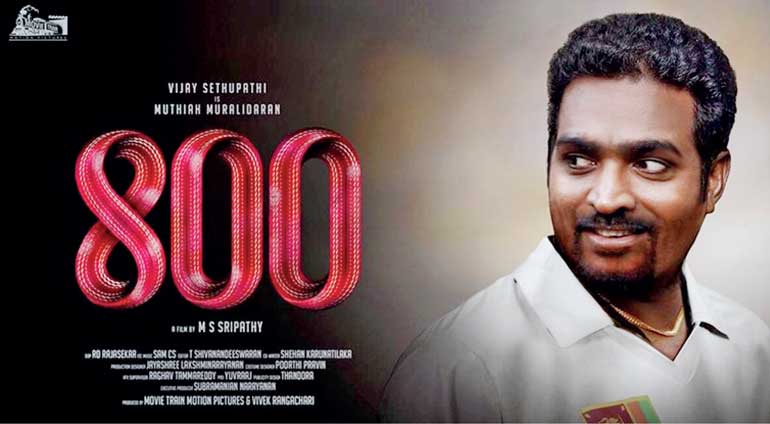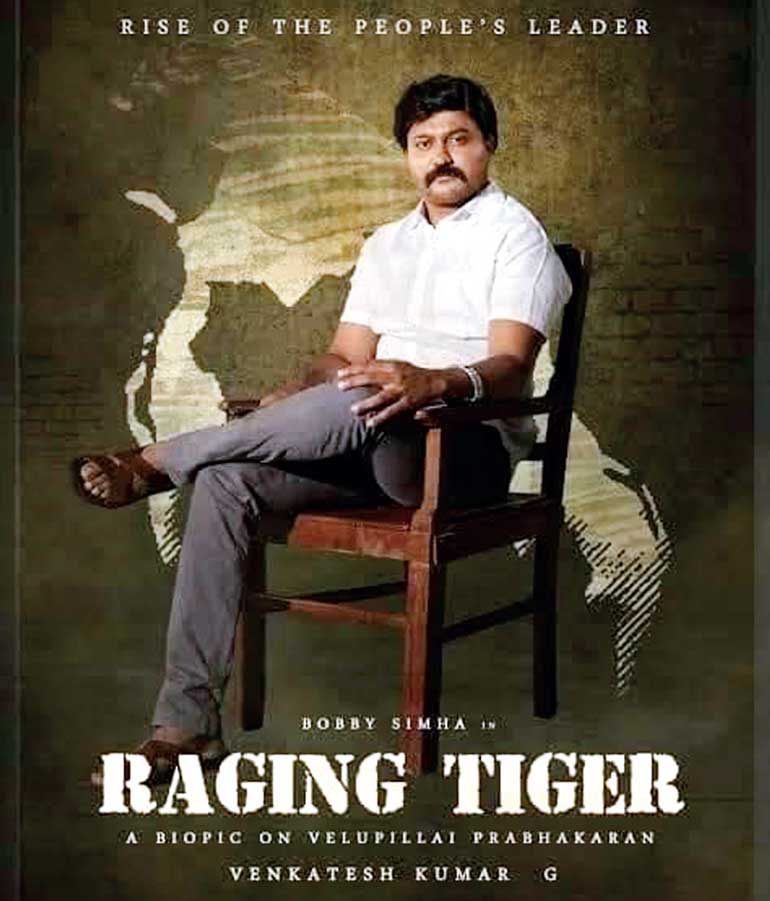Monday May 05, 2025
Monday May 05, 2025
Wednesday, 9 February 2022 00:00 - - {{hitsCtrl.values.hits}}


The end of the 30-year civil war marked a new era in Sri Lankan history. Even after the defeat of the Liberation Tigers of Tamil Eelam (LTTE), the ‘ethnic tension’ in Sri Lanka raises a sense of suspense and uncertainty between India and Sri Lanka. These opposite tensions are under the ashes, but it affects the Indo-Sri Lanka relations, between the Government of Sri Lanka and the Government of India and Tamil Nadu. Further, it creates chaos within the country itself.
and uncertainty between India and Sri Lanka. These opposite tensions are under the ashes, but it affects the Indo-Sri Lanka relations, between the Government of Sri Lanka and the Government of India and Tamil Nadu. Further, it creates chaos within the country itself.
Influence of Tamil Nadu
The 70 million Tamils living in Tamil Nadu are linked ethnically to the Tamils in the east and north of Sri Lanka. From Sri Lanka’s perspective, the regional political parties in Tamil Nadu unduly influenced India’s actions on the Sri Lankan Government and the east and north Tamil issues in a critical manner. India also voted against Sri Lanka in the United Nation Human Rights Council (UNHRC) to settle its domestic Tamil constituency especially in Tamil Nadu. Furthermore, social media played a major role in Tamil students’ protest across Tamil Nadu, where more than 600 colleges and schools were shut down out of fury among students. This has forced the ruling government to pass a resolution in Tamil Nadu Legislative Assembly against the Sri Lankan Government and demanded the union government impose economic sanctions on Sri Lanka. (Jegannathan, 2013)i It is the best evidence that social media enables the democratic struggle against authoritarian regimes and acts as a force factor. This creates a negative impression on the east and north Tamils in Colombo and south people within the country.
Influence of Indian media
Indian media plays a major role in creating a tension between Colombo and south with the north and east Tamils. They are well-aware that Sri Lanka is one of a handful of countries, which can manipulate easily by using the social media platforms that are already very popular among Sri Lankans. In Sri Lanka, most of the Tamil people reside in both the north and east. Thus, these internet and other media platforms targeted directly the Sri Lankan Tamils in the north and east and have allowed them to exhaust their collective resentment against the Sri Lankan Government without any censorship or scrutiny.
This moreover has a deep influence to make a segregation between the south and Colombo with the north and east. This provides a new battlefield for this cold war by the boundless social media and networking sites. It is very much active in cyberspace, over which the Sri Lankan Government has limited control. Photographs and videos capturing the cruelty of the last phase of the war have gone viral online and on social media over the last few years. If someone googles ‘Sri Lanka’ the online websites refer to the genocide that happened in Sri Lanka by the military. (Gunaratna, 2020)ii
Further Tamil Nadu and the Indian media force the Sri Lankan Government to celebrate the ‘Maveerar Naal’ on 27 November to commemorate war heroes who sacrificed their lives for the Tamil Eelam. Besides, there is a special government meeting of the transnational government of Tamil Eelam which is also scheduled on 5 and 6 December and It meets through e-technology. (JVPNEWS.com, 2020)iii Those are indicating how the social media and the new technology have transformed the ethnic conflict within the new realm of cyberspace and the impact on post-war Sri Lankan ethnic tension.
Indian cinema – Tamil cinema
Tamil cinema connected with the Tamil people, their culture and society. When considering the Tamil cinema, there was a three-decade-long separatist struggle, that was led by the Liberation Tigers of Tamil Eelam (LTTE), against the Sri Lankan government. Sri Lankan Tamils in the north and east, and the Sri Lankan Tamil refugee diaspora are a major market for Tamil films. The best recent example is that Muttiah Muralitharan biopic 800 has created huge chaos in Tamil Nadu, India. He does not belong to the north or the east of Sri Lanka, which formed the geographical territory of Eelam, he is from the hill country.
Tamil cinema hero Vijay Sethupathi decided to produce a biopic on legendary Sri Lankan Tamil cricketer Muralitharan, one of the finest bowlers ever (800 wickets in Tests and 534 in ODIs). Nonetheless, it has aroused strong protests from pro Tamil groups in Tamil Nadu with the social media platform Twitter exploding with the hash-tag “Shammeon VijaySethupathi”. (Charindra, 2020)iv
In the meantime, the film Raging Tiger, directed by Venkatesh Kumar, a biography of Liberation Tigers of Tamil Eelam (LTTE) leader Velupillai Prabhakaran is in action. Thenali (2000), Kannathil Muthamittaal, Nala Damayanthi (2003) and Rameswaram (2007) were made references to or incorporated Sri Lankan Tamils and the ethnic conflict in Sri Lanka. (Maya Ranganathan & Dr Selvaraj Velayutham, 2012)v Therefore, in the absence of an outpouring of cohesion through these kinds of films, they cause negative influence for the audience, specially the Tamils in the north and east, who have bitter experiences from the Civil War in Sri Lanka. That will increase the tension between south and Colombo with north and east, and it will gradually lead to another conflict in the future.
The ethnic tension between the Sinhalese and Tamils in Sri Lanka has not been subdued with the elimination of LTTE, rather it has been reinvented by social media and new technology. Therefore, the Government needs to address these issues regarding cyber space and update the laws constantly with the changing of media and technology. In addition to that, it should maintain stability in the bilateral relations among the two countries; the Sri Lankan side has to understand the interests of India as a regional power in South Asia, and develop positive behaviour towards them and further the Sri Lankan Government also should have thorough the laws to shield all the holes within its system.
(Source: file:///I:/NEW%20RESEARCH/Stalling%20Murali%20film%20will%20not%20help%20Tamils%20in%20Sri%20Lanka%20_%20Daily%20News.html)
Footnotes:
iJegannathan, J. (2013, June). Sri Lanka’s New War Zone. Institute of Peace and Conflict Studies, 6.
Retrieved from file:///I:/NEW%20RESEARCH/IB226-Jegan-SriLankaSocialMedia.pdf
iiGunaratna, P. R. (2020, November 23). Online falsehoods should be criminalised. New Delhi Times, 3.
iiiJVPNEWS.com. (2020, December). Two foreign dignitaries to address the Government of Tamil Nadu.
ivCharindra. (2020, October 18). Protests are a blessing for Murali movie! The Sunday Morning, 2. Retrieved from http://www.themorning.lk/protests-are-a-blessing-for-murali-movie/
vMaya Ranganathan & Dr Selvaraj Velayutham. (2012, December). Imagining Eelam Tamils in Tamil cinema. Continuum: Journal of Media & Cultural Studies, 26. Retrieved from https://www.researchgate.net/publication/262965880_Imagining_Eelam_Tamils_in_Tamil_cinema
(The writer is a Prevention Officer at the Bribery and Corruption Commission in Sri Lanka (CIABOC). The opinion expressed is her own and not necessarily reflective of the Commission or the government.)
Discover Kapruka, the leading online shopping platform in Sri Lanka, where you can conveniently send Gifts and Flowers to your loved ones for any event including Valentine ’s Day. Explore a wide range of popular Shopping Categories on Kapruka, including Toys, Groceries, Electronics, Birthday Cakes, Fruits, Chocolates, Flower Bouquets, Clothing, Watches, Lingerie, Gift Sets and Jewellery. Also if you’re interested in selling with Kapruka, Partner Central by Kapruka is the best solution to start with. Moreover, through Kapruka Global Shop, you can also enjoy the convenience of purchasing products from renowned platforms like Amazon and eBay and have them delivered to Sri Lanka.
Discover Kapruka, the leading online shopping platform in Sri Lanka, where you can conveniently send Gifts and Flowers to your loved ones for any event including Valentine ’s Day. Explore a wide range of popular Shopping Categories on Kapruka, including Toys, Groceries, Electronics, Birthday Cakes, Fruits, Chocolates, Flower Bouquets, Clothing, Watches, Lingerie, Gift Sets and Jewellery. Also if you’re interested in selling with Kapruka, Partner Central by Kapruka is the best solution to start with. Moreover, through Kapruka Global Shop, you can also enjoy the convenience of purchasing products from renowned platforms like Amazon and eBay and have them delivered to Sri Lanka.